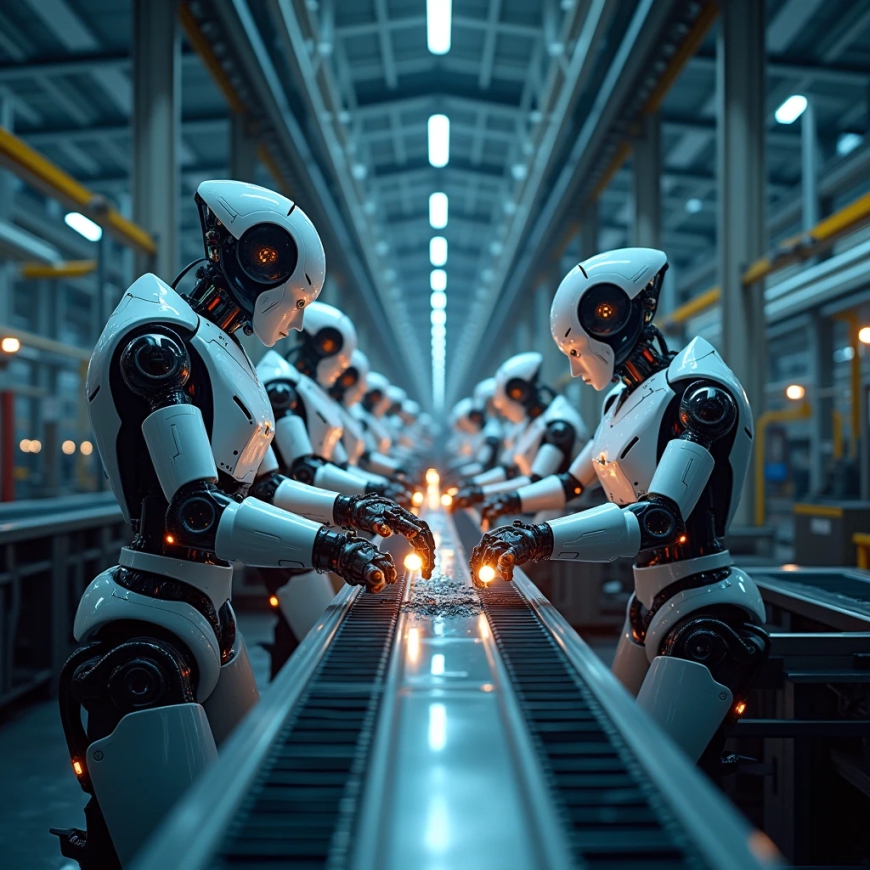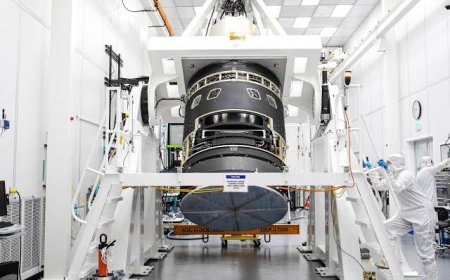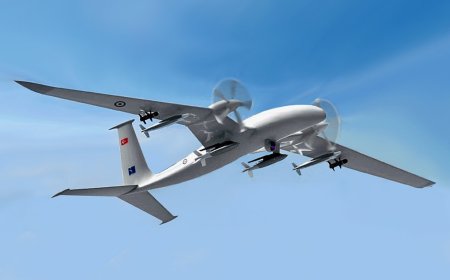The use of (AI)-enabled robots is on the rise in the global industrial manufacturing sector!
The International Federation of Robotics (IFR) recently published a report comparing the use of robots in industrial production across countries. According to their data, the use of artificial intelligence (AI)-enabled robots in the manufacturing sector around the world has grown exponentially in recent years. Currently, South Korea uses the highest number of robots in industrial production in the world. However, in terms of the number of robots used, the red giant is China.

According to the World Robotics 2024 report published by the International Federation of Robotics (IFR), an average of 162 units of robots are used for every 10,000 workers in the industrial production or manufacturing sector around the world in 2023. Whereas in 2016, the use of robots in the industrial production sector around the world was only 74 units against every 10,000 workers.
According to their data, in 2023, South Korea ranked first in the world in terms of the use of robots in the industrial production sector. The country employs 1,012 robots for every 10,000 workers. Moreover, Singapore ranks second with 470 robots per 10,000 workers and China ranks third with 429 robots. However, in terms of the number of robots used in industrial production, China is the only country in the world to have installed nearly 3 lakh units of robot/robotics arms across the country.
Moreover, Germany ranked fourth with 429 robots per 10,000 workers, Japan ranked fifth with 419 robots, and Sweden ranked sixth with 347 robots. At the same time, against every 10,000 workers in the manufacturing sector, the seventh, eighth, ninth and tenth places on average are Denmark 306, Switzerland 302, America 295, Taiwan 294 units using robots.
According to the report, among the top 20 countries in the world in terms of the use of high-tech robots per 10,000 workers in the industry in 2023, on average, the Netherlands 264, Austria 245, Italy 228, Canada 225, Belgium 224 Czech Republic 207, Slovakia 201, France 186 Spain 174 and Finland use 173 robots. However, in terms of extensive use of robots in the industrial production sector, no country in South Asia has been able to rank among the top 20 countries in the world.
In fact, in keeping with the fourth industrial revolution, the recent expansion of high-tech robotics engineering and artificial intelligence (AI) technology across the world has led to a multifold increase in industrial production capacity even though countries such as China, Germany, South Korea, Japan, America and India currently employ relatively fewer workers. Did or is walking that way. And its adverse effects are now beginning to emerge directly in the employment of workers in industrial establishments.
Meanwhile, according to the prediction given by the world's leading research organization on global technological development, the widespread use of robotics engineering and artificial intelligence technology at a high level around the next 2030 or later may cause millions of workers engaged in several important service and manufacturing sectors around the world to lose their jobs. Again, in order to survive in a competitive market or in the hope of higher profits and as part of a strategy to reduce production costs, the recruitment of new workers in these sectors may decrease at an alarming rate in the future.
Source: Wikipedia, International Federation of Robotics.


















































